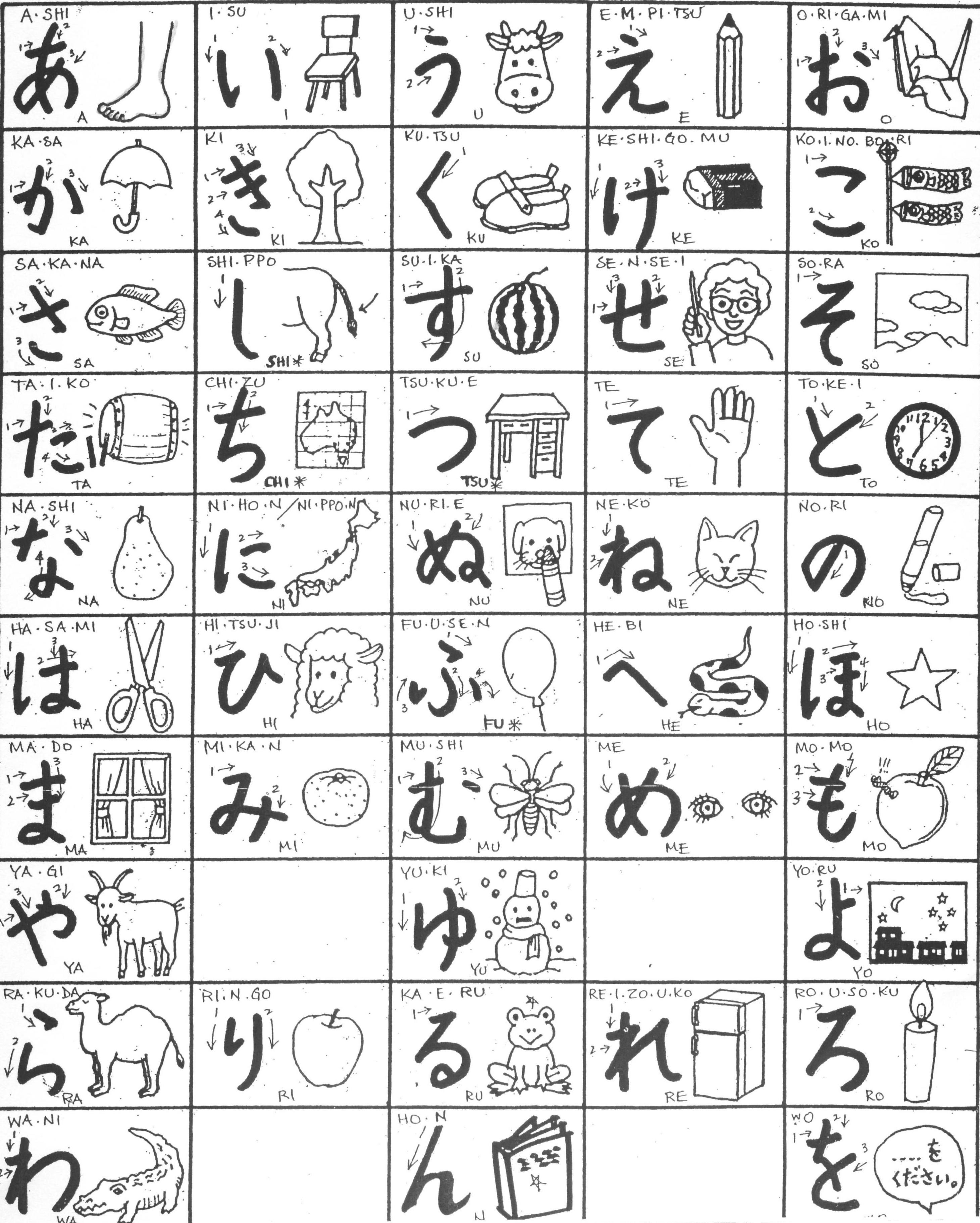

NOTE: the free version comes with Animals only, all other categories will need to be purchased. If you've ever wanted your child to learn Japanese, then this application is perfect for your toddler.
#Speaking japanese for beginners for kids how to
Hundreds of audio files, including words, sound effects, and musical themes produced by professional sound engineers, voice over artists and language experts.ģ.Teaches kids how to pronounce (or sound out) letter sounds and recognize words ****** OTHER FEATURES OF “Learn Japanese for Kids”ġ.


Studies show that children exposed to a second language during the first few years of life can more easily master a language as they get older.This set of Japanese flashcards will help immerse your toddler in some of the most commonly used words in the Japanese language and is perfect for bilingual families who want to give their kids a head start with a new language.Įach flashcard is interactive, which means that your children will be having fun at the same time they are learning. This app contains over 400 commonly used Japanese words including colors, numbers, food drink and animals, all lovingly illustrated and professionally recorded by a native Japanese speaker. The goal of this class is to develop one’s Japanese to much higher level.If you've ever wanted to teach your child a second language, Learn Japanese for Kids is also the perfect learning tool for brainy babies. Children will learn Japanese grammar/composition more logically and theoretically. The course provides advanced level of Japanese, including writing, making an essay, listening, speaking, reading, Kanji characters, discussion skills and presentation skills with communicative exercises, dialogues, and skit. Age-appropriate games and crafts are included, as well as exposure to cultural elements.įor children in upper grades prerequisite JASL4 or master Adventures in Japanese 1. More complex sentence patterns will be introduced, including formal grammar and informal conversation style. In this course, students will learn more advanced kanji characters after a review of the hiragana and katakana phonetic letters. ISBN 4-7919-6636-8 for the textbookįor children in upper grades prerequisite JASL2 or 3. ISBN 4-7919-6631-7 for the textbook, Yasashii Nihongo, Intermediate Japanese (blue) and a workbook (also blue). Textbook: Yasashii Nihongo, Elementary Japanese (yellow) and two workbooks (also yellow).Games and crafts are also included, as well as exposure to cultural elements. Complex sentences patterns are introduced, including adjectives, the past tense of verbs conjugation, and the ability to talk about future plans. In this course, students will develop mastery of all phonetic hiragana and katakana letters, as well as learn approximately 100 kanji characters in multiple years. Textbook: Adventures in Japanese 1(4th Edition), ISBN: 978-1-62291-056-4, Adventures in Japanese 1, Workbook Volume 1(4th Edition), ISBN: 978-1-62291-057-1įor children in grades 3 – 6 prerequisite JASL1.Each class day includes games and participation in cultural activities. The focus is on expressing one's likes and dislikes as well as some basic opinions. The students learn how to talk about themselves, family, daily activities, foods, school life etc. Students learn how to read and write the phonetic hiragana and katakana letters, and some basic kanji characters (Chinese characters). This class is similar to JASL1, but for an older cognitive level. Special activities, such as a hands-on calligraphy lesson and the year-endįor children in grades 4 – 8 for the older beginner. JASL students participate in school-wide activities such as U ndoukai (Japaneseįield day), the holiday play, bake sale, and the used-book sale. From the leader in language instructional videos for children. Students should bring in their own pencils, erasers, and notebooks, as Learn how to speak Japanese effortlessly with Language Trees JAPANESE FOR KIDS volume 1. All classes start in September and end in June.Ĭlasses meet on Sundays from 1:00 to 4:20, with a 15-minute snack break. The school year is divided into Fall and Spring On the class level. Communication between teachers and the parents is Homework is assigned each week from one to several pages depending We focus onĬonversation practice, encouraging the students to speak a lot of Japanese in With textbooks, workbooks, worksheets, games, and activities. Language and culture are introduced using both Japanese and English JASL course (Japanese as a Second Language) isĪ program for non-native speaking children with little or no background in


 0 kommentar(er)
0 kommentar(er)
